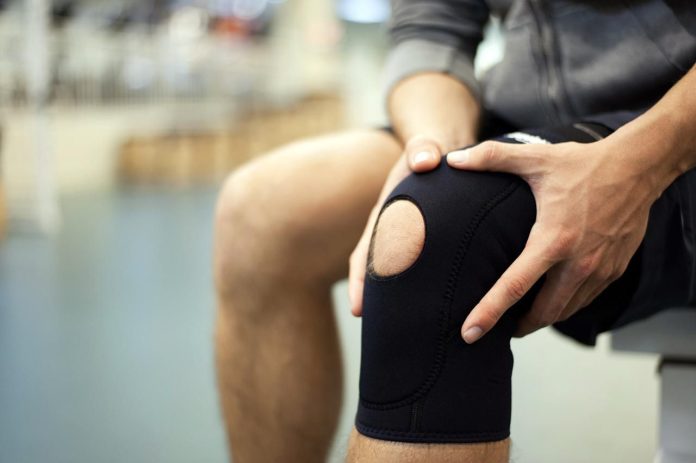Knee sprains are a common injury that can occur during physical activities such as running, jumping, or even simply stepping awkwardly. This injury occurs when the ligaments that hold the knee joint together become stretched or torn. If you have recently experienced a sprained knee, you are probably wondering how long it will take to heal. The answer is not straightforward, as the healing process can vary depending on the severity of the sprain and the individual’s health condition.
Grade of Knee Sprain
The grade of a knee sprain determines the severity of the injury. A grade 1 sprain involves slight stretching and damage to the ligaments, while a grade 2 sprain involves a partial tear. A grade 3 sprain is the most severe, as it involves a complete tear of the ligaments. The healing time for a sprained knee varies according to the grade of the sprain.
Grade 1 Sprain
A grade 1 sprain is the mildest form of a knee sprain. The ligament is only slightly stretched, with no tear. This type of sprain usually heals within two to four weeks with proper treatment. During this time, it is essential to rest the knee, apply ice to the affected area, and elevate the leg to reduce swelling. You may also consider wearing a brace to support the knee and using crutches to avoid putting weight on the affected leg.
Grade 2 Sprain
A grade 2 sprain involves a partial tear of the ligament. This type of sprain takes longer to heal than a grade 1 sprain, usually taking four to eight weeks. In addition to rest, ice, and elevation, you may need physical therapy to strengthen the muscles around the knee joint. A knee brace may also be required to support the knee during activities.
Grade 3 Sprain
A grade 3 sprain is the most severe form of a knee sprain, involving a complete tear of the ligament. The healing time for a grade 3 sprain is the longest, taking six to twelve months. In addition to rest, ice, and elevation, surgery may be required to repair the torn ligament. After surgery, you must undergo physical therapy to regain strength and mobility in the knee joint.
Factors Affecting Healing Time
Several factors can affect the healing time of a sprained knee. Age is one factor, as older individuals may take longer to heal due to a decrease in the body’s natural healing ability. The location of the injury also plays a role in healing time, as ligaments that are closer to the knee joint heal faster than those farther away. The severity of the sprain and the individual’s overall health condition are also factors that can affect healing time.
Preventing Knee Sprains
Preventing knee sprains is essential to avoid experiencing the pain and discomfort associated with this injury. Some ways to prevent knee sprains include:
- Warming up before physical activity to prepare the muscles and ligaments for exercise.
- Wearing appropriate footwear that provides support and stability to the knee joint.
- Strengthening the muscles around the knee joint through lunges and squats.
- Maintaining a healthy weight reduces the stress on the knee joint.
- Avoiding sudden changes in direction during physical activity can stress the knee joint.
Conclusion
Knee sprains are common injuries that can occur during physical activities. The healing time for a sprained knee varies depending on the grade of the sprain and several other factors. Proper treatment, rest, and rehabilitation are essential to ensure a full recovery. Taking preventative measures can also help to avoid knee sprains and maintain a healthy knee joint.
Khalid Irfan is a Fitness expert who enjoys spending time in gym. He also enjoys being in the outdoors and exploring new opportunities whenever they arise as well as researching new topics to expand his horizons.

